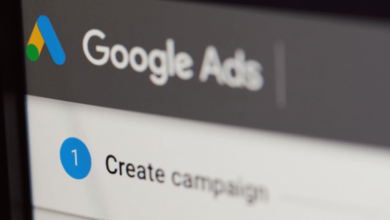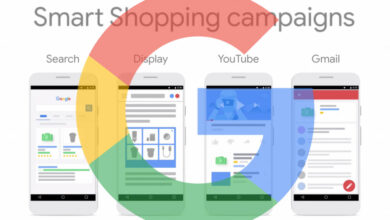Google fixes supplemental feed limitation in Merchant Center Next

Google Merchant Center Next recently made a significant update that resolves a previous limitation, which prevented users from working with pre-prepared supplemental feeds in Google Sheets. This update is a game-changer for merchants, as it allows them to use existing Google Sheets for supplemental feeds, eliminating the need to create sheets from scratch or use alternative methods.
Why this Update Matters
This update is crucial for ecommerce managers and merchants as it saves them valuable time and effort. It also enables them to continue using their existing spreadsheet templates, making the feed management process in Google Merchant Center much simpler and more efficient.
The Bigger Picture
Industry observer Emmanuel Flossie highlighted this issue on LinkedIn, pointing out that merchants were previously restricted from leveraging pre-existing spreadsheets for their product feeds. The recent update now removes this technical constraint, allowing for smoother operations within Google Merchant Center.
Advertisers have faced challenges with Merchant Center Next and supplemental feeds in the past. In July, there was uncertainty around whether advertisers could use supplemental feeds, and the solution at that time was cumbersome. This latest update streamlines the process and makes compatibility with supplemental feeds more straightforward.
What’s Next for Merchants
Merchants using Google Merchant Center Next should take this opportunity to review their current supplemental feed setup and make the necessary adjustments to take advantage of the new functionality. By optimizing their feed management process, merchants can enhance their overall ecommerce operations and drive better results.
FAQs:
1. Can I now use pre-prepared supplemental feeds in Google Sheets with Google Merchant Center Next?
Yes, the recent update allows users to work with pre-prepared supplemental feeds in Google Sheets, eliminating the previous limitation.
2. How does this update benefit ecommerce managers and merchants?
This update saves time and effort for ecommerce managers and merchants, allowing them to use existing spreadsheet templates for supplemental feeds.
3. What was the previous limitation that prevented users from using pre-prepared supplemental feeds?
Previously, users were required to create sheets from scratch or use alternative methods, hindering the efficiency of the feed management process.
4. Who highlighted the issue of restricted use of pre-existing spreadsheets for product feeds?
Industry observer Emmanuel Flossie brought attention to this issue on LinkedIn, sparking the need for a solution.
5. How should merchants using Google Merchant Center Next proceed after this update?
Merchants should review their current supplemental feed setup and make adjustments to leverage the new functionality for improved feed management.
Overall, the update from Google Merchant Center Next marks a significant improvement in the usability and efficiency of managing supplemental feeds in Google Sheets. By embracing this update, merchants can streamline their operations and drive better results in their ecommerce endeavors.


